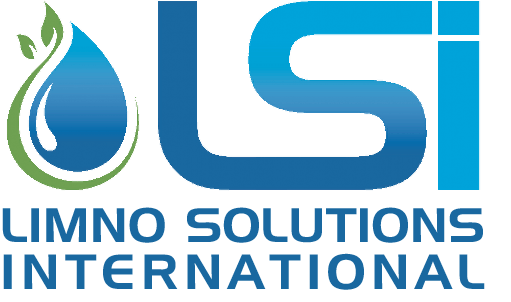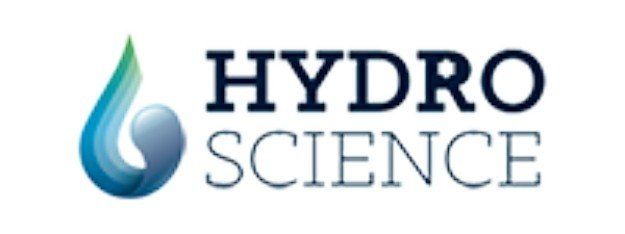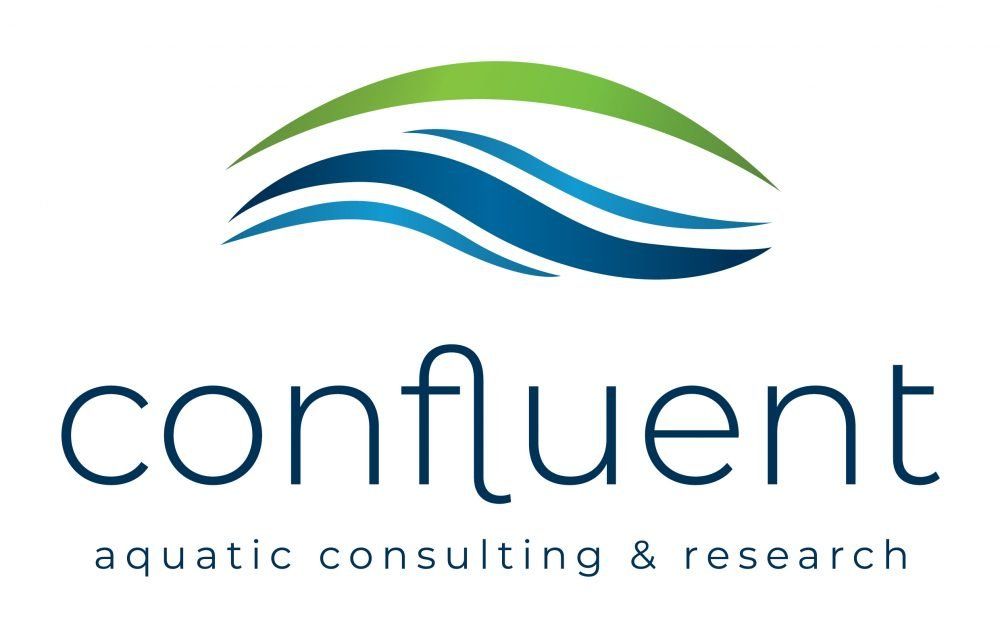Phosphorus Inactivation
Internal Loading is the release of phosphorus from the sediments of eutrophic lakes
Helping lake managers take control of phosphorus release
The release of phosphorus from the sediments of eutrophic lakes under varying physico-chemical conditions is commonly known as internal loading.
Where internal loading is a significant phosphorus source, lake managers can use nutrient inactivation techniques to strip phosphate from the water column and prevent or reduce its release from sediments.
Helping lake managers take control of phosphorus release
The release of phosphorus from the sediments of eutrophic lakes under varying physico-chemical conditions is commonly known as internal loading.
Where internal loading is a significant phosphorus source, lake managers can use nutrient inactivation techniques to strip phosphate from the water column and prevent or reduce its release from sediments.
LSI’s team of lake scientists has many years experience working with phosphorus (P) binders such as Phoslock and poly aluminium chloride (PAC) and internal phosphorus control through nutrient inactivation is a key focus for the company.
LSI is not only able to help lake managers to determine whether the use of P binders is appropriate for their water body, but can also assist in selecting the most suitable product and the development of scientifically based application and dosage strategies.
LSI’s team of lake scientists has many years experience working with phosphorus (P) binders such as Phoslock and poly aluminium chloride (PAC) and internal phosphorus control through nutrient inactivation is a key focus for the company.
LSI is not only able to help lake managers to determine whether the use of P binders is appropriate for their water body, but can also assist in selecting the most suitable product and the development of scientifically based application and dosage strategies.










